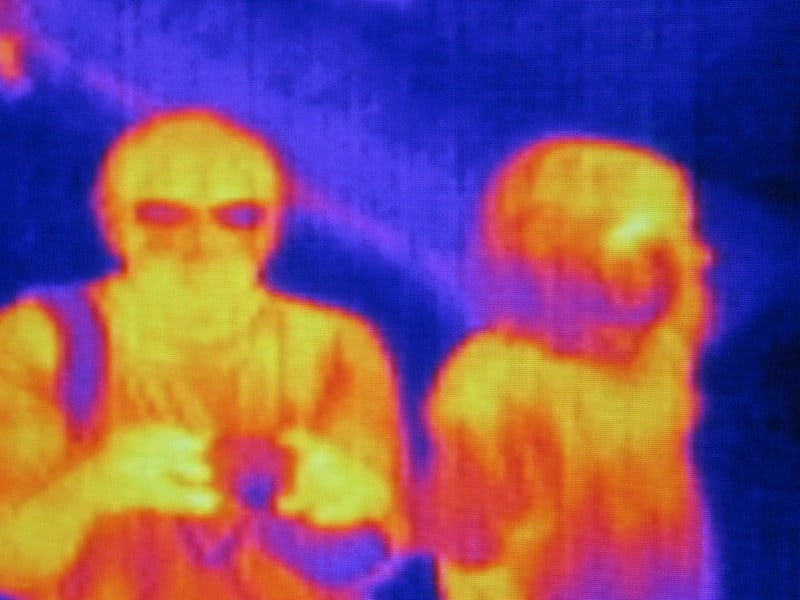
The Pentagon doesn’t want its soldiers to suffer from the cold, so it’s working on a drug that enhances the cold adaptation in hours rather than months.
Rice University bioengineer Jerzy Szablowski set out to find drugs capable of enhancing the cold adaptation of brown fat (also called brown adipose tissue or BAT). Szablowski was awarded a grant from DARPA, the research and development agency of the United States Department of Defense responsible for the development of emerging technologies for use by the military.
The human body mostly heats itself in two ways, says Szablowski.
“One involves shivering, which all of us have experienced,” Szablowski explained. “If you are getting ill and you are developing a fever, you begin to shiver, and that shivering raises your body temperature. The problem is that you lose dexterity and it is really unpleasant.
“The other type of thermogenesis involves BAT, which is capable of generating heat through a chemical reaction,” he said. “Nonshivering thermogenesis kicks in sooner but is not as efficient, so it cannot generate quite as much heat, at least not in humans.”
The research will focus on the latter. Our body stores two types of fat — white and brown fat. Too much white fat can lead to obesity. Brown fat, meanwhile, is activated by cold temperatures, which triggers metabolic changes: brown fat essentially burns nutrients to keep our body warm.

This type of heating has some advantages when compared to shivering. It’s hard to focus or do other things when your body is occupied with shivering. But the problem is that BAT heating takes much longer and doesn’t really generate enough heat to withstand extreme temperatures.
At least that’s the case naturally — but Szablowski and DARPA believe they can change that with a drug. The drug wouldn’t only be useful for soldiers, but also for victims of hypothermia, or even in Arctic exploration.
Szablowski, an assistant professor of bioengineering at Rice’s George R. Brown School of Engineering, will work on the project with an expert on BAT — Miao-Hsueh Chen, an associate professor of pediatric nutrition at Baylor College of Medicine. The main innovation they have so far, and are hoping to put to the test, is a new type of drug screening.
The process of drug screening aims to identify and improve potential drugs prior to selecting a suitable candidate for clinical trials or other applications. This procedure often involves the screening of extensive collections of chemicals using high-throughput screening assays to identify specific biological activities. In time, the new screening method could also be deployed to look for drugs to treat diseases and infections, making the process less costly and time-consuming.
“First, you have to understand the biology of the disease or physiological process, and then find a site to intervene, like a protein or a process in the cell that you can target with a drug,” said Szablowski, who is a core faculty member in the Rice Neuroengineering Initiative. “This is where this project comes in. The main innovation of this screening method is that it is mechanism-agnostic, meaning that we might not need to fully understand the disease or physiological process before developing mitigation strategies.
“Simply put, it would allow us to screen a very large number of drugs,” he said.
The incidence of hypothermia is hard to quantify. Mild cases of hypothermia are not uncommon, but severe hypothermia can be extremely dangerous. It’s estimated that in the US alone, severe hypothermia kills 1,300 people per year. You may be tempted to associate hypothermia with extreme or mountainous adventures, but that’s not the only place it happens. People with other chronic conditions and improper clothing are most at risk.
DARPA is investing into all sorts of research. Drugs are just one side of it: robotics, AI, microelectronics and of course, weaponry are all points of interest. The Pentagon is developing a strategy for investment in 14 critical technologies it deems essential. Oftentimes, however, the technologies invented by DARPA find their way to the general population. Drones, GPS, and the computer mouse are just a few of such examples.









